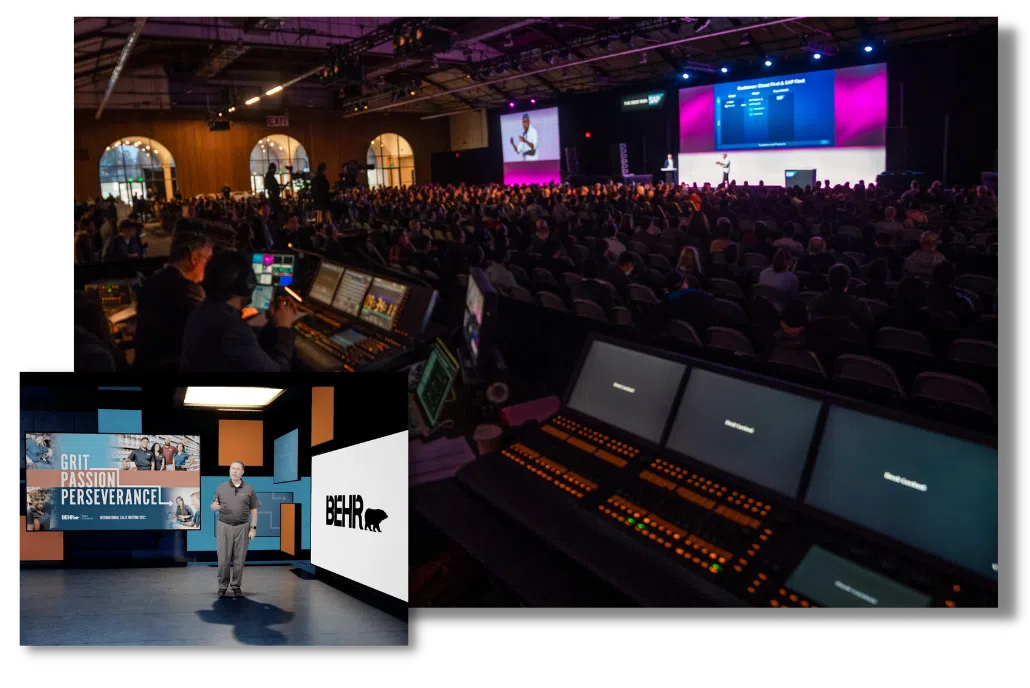Advantages of LED Display Walls Compared to Conventional Projector Technologies in Contemporary Visual Displays
Wiki Article
Light Emitting Diode video screens have grown progressively favored in multiple settings, such as schools, businesses, and entertainment venues. These advanced visual systems offer several advantages over conventional projector systems. Understanding these advantages can help companies make informed decisions about their display requirements. This piece will examine the main advantages of LED display walls, including luminosity, visual quality, flexibility, upkeep, and power conservation.
One of the most significant advantages of Light Emitting Diode display screens is their brightness. Light Emitting Diode technology produces vibrant and bright pictures that can be easily seen in multiple lighting conditions. Unlike traditional projectors, which can have difficulty in well-lit settings, LED display walls maintain their sharpness and hue accuracy even in bright rooms. This makes them perfect for outdoor events or places with large windows. The high brightness levels ensure that the material displayed is always visible, making it simpler for viewers to interact with the information being presented.
In furthermore to luminosity, LED display walls provide enhanced image quality. They offer greater resolution and improved hue reproduction compared to conventional projection technologies. This means that images and footage displayed on an LED screen appear crisper and more detailed. The pixel density of Light Emitting Diode screens allows for near observation without losing sharpness, which is particularly crucial in settings like trade fairs or meetings where attendees may be close to the screen. Furthermore, LED technology can produce richer blacks and more vibrant hues, enhancing the complete aesthetic experience.
Flexibility is another important advantage of Light Emitting Diode video walls. These technologies can be arranged in various sizes and forms to fit varied areas and design requirements. Unlike conventional projectors, which require a particular distance from the display to operate correctly, visit the website LED video screens can be installed in a range of settings. They can be bent, tiled, or even used in creative layouts to create unique visual exhibits. This flexibility allows organizations to customize their display presentations to suit their specific requirements, making LED video screens a flexible choice for any environment.
Upkeep is also a critical consideration when comparing Light Emitting Diode video screens to conventional projector technologies. Light Emitting Diode displays generally require fewer upkeep over the years. Traditional projection systems often need lamp replacements and regular maintenance to maintain peak performance. In contrast, LED technology has a longer duration and does not require regular changes. This reduces downtime and upkeep costs, making Light Emitting Diode video walls a more cost-effective solution in the long run. Organizations can concentrate on their displays rather than concerned about the upkeep of their display systems.

Finally, power efficiency is an important factor for many companies. Light Emitting Diode display screens consume fewer energy compared to conventional projector technologies, which can lead to significant reductions on power costs. This is especially beneficial for companies and locations that use screens for long times. Additionally, the reduced power usage of Light Emitting Diode technology contributes to a lowered environmental impact, making it a more eco-friendly option. By selecting Light Emitting Diode display screens, companies can benefit from premium display screens while also being mindful of their energy use and environmental footprint.
In summary, LED video walls offer numerous advantages over traditional projection systems. Their brightness, image quality, adaptability, minimal upkeep needs, and energy conservation make them an superior choice for modern display screens. As technology continues to advance, LED video screens are likely to grow even more common in multiple settings, providing organizations with the tools they require to effectively communicate and engage with their viewers.